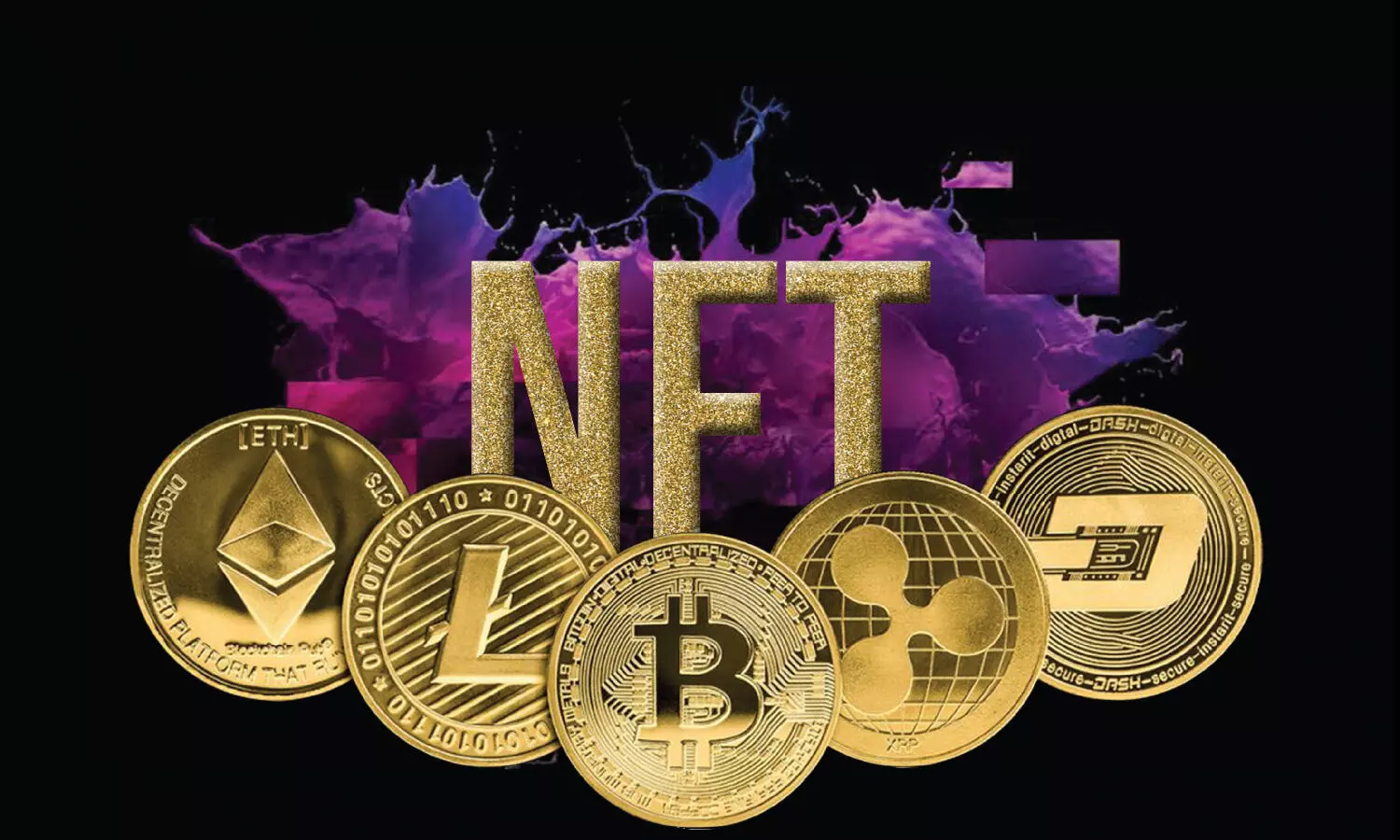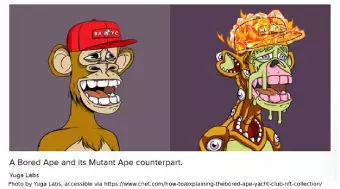- Home
- News
- Articles+
- Aerospace
- Artificial Intelligence
- Agriculture
- Alternate Dispute Resolution
- Arbitration & Mediation
- Banking and Finance
- Bankruptcy
- Book Review
- Bribery & Corruption
- Commercial Litigation
- Competition Law
- Conference Reports
- Consumer Products
- Contract
- Corporate Governance
- Corporate Law
- Covid-19
- Cryptocurrency
- Cybersecurity
- Data Protection
- Defence
- Digital Economy
- E-commerce
- Employment Law
- Energy and Natural Resources
- Entertainment and Sports Law
- Environmental Law
- Environmental, Social, and Governance
- Foreign Direct Investment
- Food and Beverage
- Gaming
- Health Care
- IBC Diaries
- In Focus
- Inclusion & Diversity
- Insurance Law
- Intellectual Property
- International Law
- IP & Tech Era
- Know the Law
- Labour Laws
- Law & Policy and Regulation
- Litigation
- Litigation Funding
- Manufacturing
- Mergers & Acquisitions
- NFTs
- Privacy
- Private Equity
- Project Finance
- Real Estate
- Risk and Compliance
- Student Corner
- Take On Board
- Tax
- Technology Media and Telecom
- Tributes
- Viewpoint
- Zoom In
- Law Firms
- In-House
- Rankings
- E-Magazine
- Legal Era TV
- Events
- Middle East
- Africa
- News
- Articles
- Aerospace
- Artificial Intelligence
- Agriculture
- Alternate Dispute Resolution
- Arbitration & Mediation
- Banking and Finance
- Bankruptcy
- Book Review
- Bribery & Corruption
- Commercial Litigation
- Competition Law
- Conference Reports
- Consumer Products
- Contract
- Corporate Governance
- Corporate Law
- Covid-19
- Cryptocurrency
- Cybersecurity
- Data Protection
- Defence
- Digital Economy
- E-commerce
- Employment Law
- Energy and Natural Resources
- Entertainment and Sports Law
- Environmental Law
- Environmental, Social, and Governance
- Foreign Direct Investment
- Food and Beverage
- Gaming
- Health Care
- IBC Diaries
- In Focus
- Inclusion & Diversity
- Insurance Law
- Intellectual Property
- International Law
- IP & Tech Era
- Know the Law
- Labour Laws
- Law & Policy and Regulation
- Litigation
- Litigation Funding
- Manufacturing
- Mergers & Acquisitions
- NFTs
- Privacy
- Private Equity
- Project Finance
- Real Estate
- Risk and Compliance
- Student Corner
- Take On Board
- Tax
- Technology Media and Telecom
- Tributes
- Viewpoint
- Zoom In
- Law Firms
- In-House
- Rankings
- E-Magazine
- Legal Era TV
- Events
- Middle East
- Africa

NFTs: Disruption, Transformation, And Opportunities
NFTs: Disruption, Transformation, And Opportunities

NFTS: DISRUPTION, TRANSFORMATION, AND OPPORTUNITIES Regulation of technology such as cryptocurrency, blockchain, and NFTs is crucial to prevent abuse and protect consumer welfare. Concerns arise however over the sufficiency of existing legal mechanisms…Prior to the "NFT art" paradigm, people tended to belittle the value of digital art due to its intangible and non-exclusive nature. An...
To Read the Full Story, Subscribe to Legal Era News
Access Exclusive Legal Era Stories, Editorial Insights, and Expert Opinion.
Already a subscriber? Sign in Now
NFTS: DISRUPTION, TRANSFORMATION, AND OPPORTUNITIES
Regulation of technology such as cryptocurrency, blockchain, and NFTs is crucial to prevent abuse and protect consumer welfare. Concerns arise however over the sufficiency of existing legal mechanisms…
Prior to the "NFT art" paradigm, people tended to belittle the value of digital art due to its intangible and non-exclusive nature. An Internet surfer can screenshot digital art onto their personal devices and end up with a piece identical to the original work. The current trend of endless technological disruption thus implicates a demand for systematic protection of transactional activities relating to commercialization of digital art. Such protection is now made possible with non-fungible tokens (NFTs) through blockchain, smart contract, and cryptocurrency technology.

Things only have value because we, as humans, give it value. Physical, tangible artistic pieces on museum walls or real-life exhibitions possess high value due to their obvious existence, exclusivity, and proof of originality. To exemplify, there may be a plethora of Mona Lisa replicas and forgery, but this does not compromise the value of the "one true" Mona Lisa painted by Leonardo Da Vinci that hangs at the Louvre, which maintains a high market value in theeyes of universal collectors.
A collector engaged in a purchase transaction of a physical art piece usually issued a Certificate of Authenticity to guarantee that the brush strokes are laid down by no one else but the artist, or Da Vinci in our example. They may also be provided with documents that list out the art piece's previous owners to ensure that it was lawfully owned and traded.
Similarly, the blockchain technology behind each NFT art transaction enables people to verify the originality of a digital art piece as it provides ownership information, timestamp, and records of each transaction linked together via the cryptography. The blockchain is also accessible and verifiable to the public, and cannot be deleted or altered. As a result, activities of traders and collectors are traceable and secure.
Opportunities for Artists
A modern-day Da Vinci may list a digital copy of the Mona Lisa on an online NFT art trading platform (known as "marketplace"), such as OpenSea, SuperRare,or Nifty Gateway. Such marketplace can issue NFTs on behalf of the creator through a process called "minting," and facilitate the trading of NFT art using crypto currencies (such as Bitcoin's BTC and Ethereum's ETH) or fiat money (regular money such as US Dollars or Thai Baht). Once listed, Da Vinci's work will be publicly available for marketplace users to view and trade.
Marketing of NFT art appears in various forms. For instance, there are thousands of variations in the Bored Ape Yacht Club's (BAYC) NFT collection, each ranked in terms of rarity. Each piece features an ape with different fur types, facial expressions, clothing, accessories, and properties. Due to celebrity influence and regarded position as a status symbol, the apes are commonly used as profile pictures in various social media and gaming platforms. Despite extreme popularity, BAYC continues to develop creative ideas for their NFTs, such as the Bored Ape Kennel Club where collectors can "adopt" a dog NFT, and the "mutant serum" that collectors can mix with their Bored Ape to create "Mutant Ape" NFTs.
An artist producing physical art pieces can also mint their work into NFT art and trade both physical and digital versions of the work. As such, NFTs provide an additional distribution channel for creators. However, this may impair the "uniqueness" and market demand for the work.
In trading, artists generally sell ownership in the NFT (which is separate from ownership of the underlying art) while retaining intellectual property (IP) rights (such as copyright) in their work. Through the smart contract technology implemented on these marketplaces, an artist can choose to conclude a purchase agreement in a manner that automatically grants them royalty payment each time their work is subsequently traded. The amount of royalty may vary for each marketplace, and may depend on token standards (such as ERC-721 or ERC-1155). Artists can also grant certain IP rights to the buyer, such as the right to display the art piece in a private, non-commercial manner.
Essentially, the issuance of an NFT serves a purpose similar to a Certificate of Authenticity for digital art where the NFT's exclusive nature serves as certification for the "one true" digital copy of an art piece. With NFTs serving as a "trustmark", an NFT purchase transaction verifies the quality of goods, even when trading with anonymous users. The blockchain and smart contract technology involved also ensure secure transactions and traceability of assets.
Endless Opportunities of NFT
Essentially, the issuance of an NFT serves a purpose similar to a Certificate of Authenticity for digital art where the NFT's exclusive nature serves as certification for the "one true" digital copy of an art piece

The NFT world is not limited only to art work, but allows for tokenization and commercialization of digital content such as captured moments, collectibles, music, in-game items, and even property on the Metaverse. For instance, when applied in the event organizing industry, such as music festivals, NFTs can function as an e-ticket to ensure transparency. Organizers may also partner with artists to create unique, randomized artwork for NFT e-tickets, transforming them into tradeable, collectible pieces with high market value after the event.
There are opportunities for NFT's application in the physical world as well, such as BAYC's NFTs which grant their owners access to exclusive events, signifying that NFTs can function as an access gateway and have been used as a social currency. Moreover, there are discussions of matching a unique NFT to each specific bottle of collectible wine as a form of quality control certification and lower risk of counterfeiting. Discussions also arise upon the application of NFTs in inheritance wills to prevent forgery. Thus, NFTs offer benefits in addition to ownership of a digital asset.
Growth and Grey Areas
The novelty and disruptive qualities of NFTs pose a growing uncertainty among various industries. While property law governs tangible property such as land and houses, and intellectual property law governs intangible property such as artistic creations, the legal status of NFTs remains disputed.
Digital art is entirely intangible in nature and is essentially a form of data, while an NFT represents a specific piece of data on a blockchain...data, as free-flowing information, cannot be copyrighted or appropriated
A collector can "own" a physical piece of art such as a canvas or a sculpture. This ownership of a physical object, however, does not automatically entail any IP right over the artwork. For a collector to have any IP rights over the art (such as the right to reproduce, adapt, or publicly display the work in a commercial manner), the artist must actively grant such rights to the collector through a contract, such as through a license agreement.
Conversely, digital art is entirely intangible in nature and is essentially a form of data, while an NFT represents a specific piece of data on a blockchain. It has been argued that data, as free-flowing information, cannot be copyrighted or appropriated. This is comparable to how a method, recipe, technique, or piece of information cannot be copyrighted. It has also been argued that both an NFT and its embedded underlying art cannot be "purchased" at all due to its intangible nature, and that the transaction involved is purely of IP licensing nature, where the NFT serves a purpose similar to a receipt. Therefore, the "buying" of an NFT lies within a grey area between a transfer of ownership and a grant of a limited license.
Moreover, free trade may do more harm than good without proper balancing with fair competition. Regulation of technology such as crypto currency, blockchain, and NFT is crucial to prevent abuse and protect consumer welfare. Here, concerns arise upon the sufficiency of existing legal mechanisms. Are transactions concluded by smart contracts valid and enforceable? Are cryptocurrencies acceptable as legal tender? Are NFTs regulated as securities? Can transaction records on the blockchain serve as reliable evidence? What happens if an art piece is stolen and listed on an NFT marketplace?
Yet, NFTs pose revolutionary potential for businesses in the current age of big data and digital platforms, but which legal right has been transferred in an NFT transaction? Is there a limitation to which an NFT holder may exploit their purchased NFT? How can business operators adopt NFTs as part of their traditional business? How can NFTs assist in the digital transformation of businesses? Looking ahead, these unanswered questions only pave the way to greater developments.
Disclaimer – The views expressed in this article are the personal views of the authors and are purely informative in nature.


